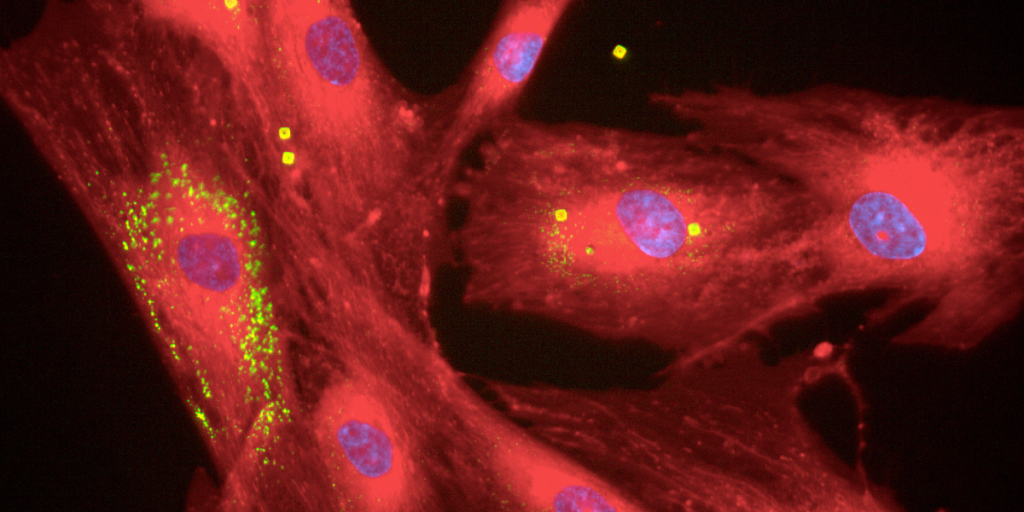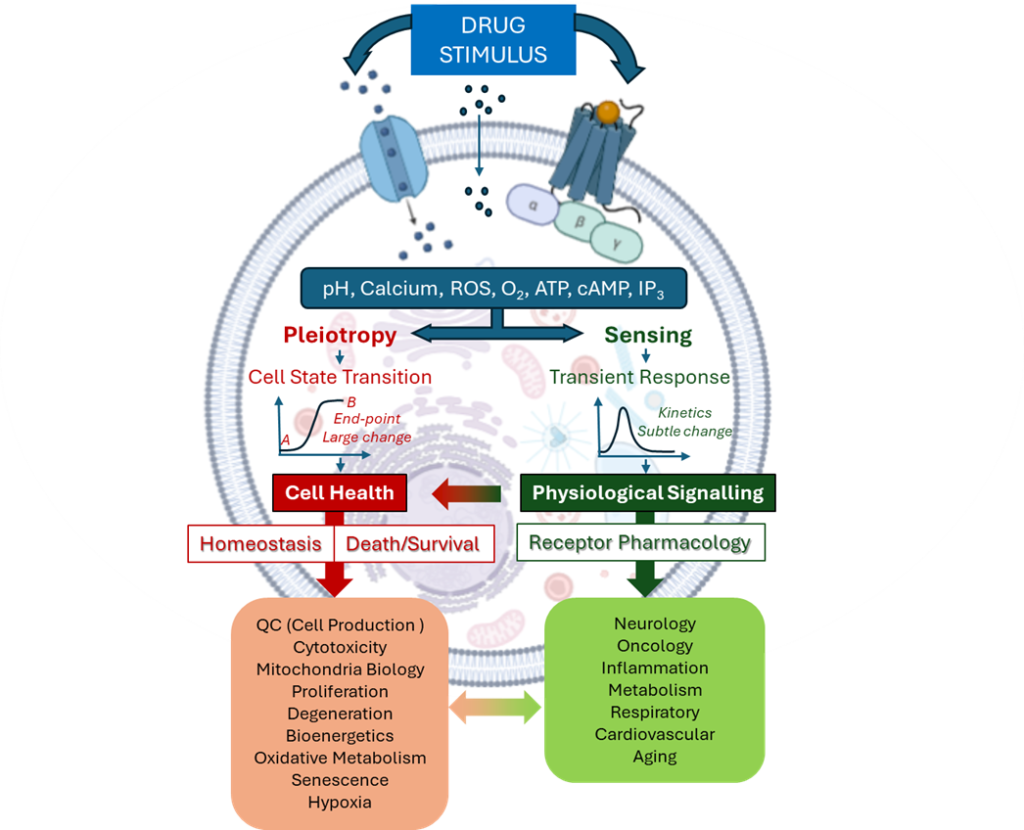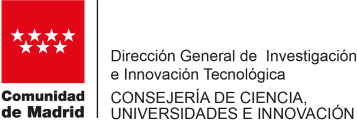The power of multiplexed live analytics in cell biology

Cells are continuously challenged by insults and stimuli, including drugs and xenobiotics, from the extracellular environment. In response to these challenges, a series of intracellular molecules and ions act as signalling mediators, effectors or transducers which will ultimately result into physiological changes. In this context, noteworthy cellular messengers and hallmarks are pH, Ca2+, ROS, O2, ATP, cAMP, IP3, etc. Dynamic monitoring of these physicochemical markers allow us to track health and physiological state of the cells.
Regarding the magnitude of the changes induced in the cell, two types of downstream paths can be conceptualised: sensing and pleiotropy.
a. Sensing
- Some of the insults, stimuli and drugs are specifically channelled through receptors which act as signal transducers and triggers the mobilisation of second messengers towards a downstream selective physiological response (e.g. motility, contraction, communication, inflammation, etc.).
- Subtle alterations of signaling messengers mediate functional or phenotypic changes. These responses are kinetically transient and fast, and cells usually go back to the initial basal or resting state once perturbation ceases. Sometimes, the response is oscillatory. Nevertheless, if the insult persists, the cell health may be compromised and alternative mechanisms (e.g. homeostasis, survival) could be activated resulting in a transition to a new cellular state, if successful, or to death, if not efficiently counteracted.
- Continuous monitoring of transient changes in ionised calcium (Ca2+) is the paramount tool in GPCR pharmacology for drug discoverers of many therapeutic areas, such as neurology, oncology, inflammation, metabolism, respiratory, cardiovascular, etc.
b. Pleiotropy
- On the other hand, some insults may produce a less selective and cumulative response by targeting several receptors and pathways beyond their primary mode of action, which may result in pleiotropic effects which may be even detrimental.
- Large changes of calcium concentrations, ROS or pH can lead to a variety of deleterious cellular effects, particularly if they are sustained for long period of time. These effects usually compromise cell health, producing a dysfunction in the cell homeostasis and activation of cell death/survival pathways. Ultimately, the cell transitions to a new state in which biochemical parameters marking homeostasis and health are altered, e.g. pH, calcium, ROS, oxygen consumption, ATP, etc.
- Continuous monitoring of pH, Ca2+, ROS or oxygen over long periods of time as mitochondrial and cell health biomarkers, allows us to follow QC of cell production, cytotoxic effects of drugs, proliferation state, early phases of cellular degeneration (e.g. neurons), bioenergetics, redox biology, etc.
SPAchip® Technology developed by A4cell enables analytics of cell health and physiological hallmarks. Our biosensors can accurately monitor transitions between cell health states, both in continuous kinetics and end-point mode. Likewise, we are continuously improving the sensitivity and time of response of our biosensors to expand the field of applications to challenging receptors with very fast kinetic pattern and small concentration changes. Moreover, since pH, calcium, ROS and oxygen are interplayed hallmarks of mitochondria and cell health, homeostasis, oxidative metabolism and bioenergetics, our multiplexed chips enable the concomitant monitoring of more than one signal, thus providing a higher content analysis of physiological relevance.

At A4cell we have recently launched the first multiplexed SPAchip® for dual detection of calcium and pH. This detection kit will allow researchers to more thoroughly interrogate complex biological phenomena in which changes in calcium and pH are interconnected. There is abundant literature around the link between calcium and pH.
Some examples:
- Lysosomal cell death is controlled by pH-dependent calcium channels (https://doi.org/10.1126/sciadv.abe5469)
- Control of calcium homeostasis in mitochondria is dependent upon extracellular pH (https://doi.org/10.1074/jbc.M411507200)
- Mitochondrial proton gradient is regulated by cytosolic calcium signals (https://doi.org/10.1007/s00424-012-1106-y)
- Extracellular acidic environment induces apoptosis through an augmentation in intracellular calcium level and generation of endoplasmic reticulum stress, without any contribution of reactive oxygen species (ROS) (https://doi.org/10.1007/s12192-014-0568-6






